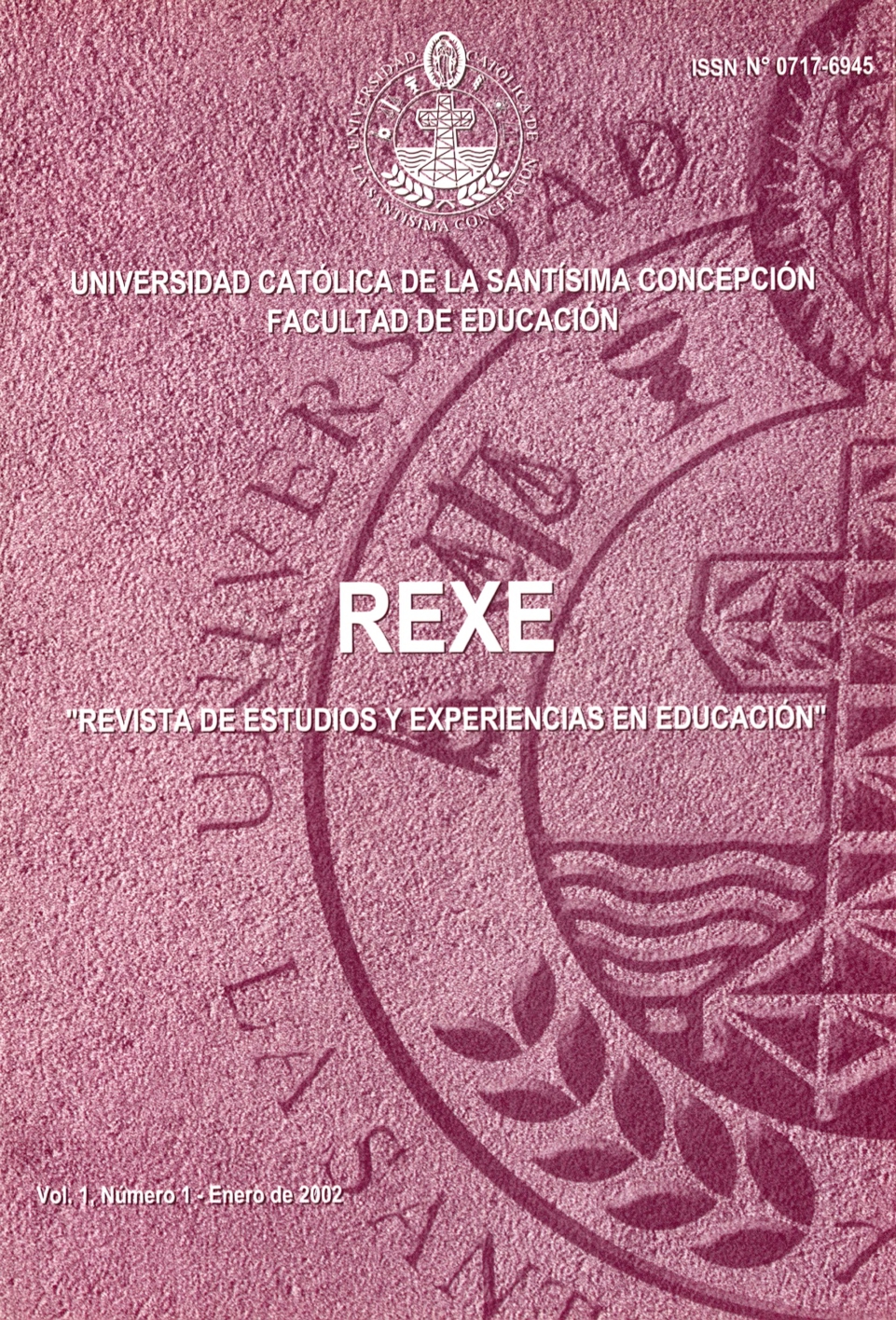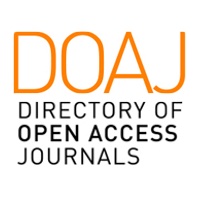Analysis of the factors associated with school achievement. Application of the multiple-level technique
DOI:
https://doi.org/10.21703/rexe.v1i1.284Keywords:
School achievement, SIMCE exams, Multiple-level Statistical analysis, Achievement factorsAbstract
This article describes and explains, through a correlational type analysis, the effects of a series of factors associated with the results obtained by eighth grade students who took the 1997 Mathematics and Spanish SIMCE exams.
The technique used in the statistical analysis was that of the multiple-level technique. This technique is used for analyzing variations in the characteristics of individuals who are both members of a specific group and part of a hierarchical structure as our educational system is organized: a student is part of a class, which, at the same time, is part of a school.
Each student differs from his peers as he gets a specific result, but he can also share homogeneously other distinctive characteristics of his class or school. It is, therefore, possible to suppose that students from a particular school differ from other schools’ students with respect to certain characteristics.
It is then not only convenient to study school achievement variations at individual level, but also at group level.
Downloads
References
Blakey, L. S. y Heath, A. F. (1992). “Differences between comprehensive schools: some preliminary findings” en Reynolds, D. y Cuttance, P. School effectiviness. Research, policy andpractice (ed), Casell, New York.
Bryk, A. S.; Raudenbush, S. W. y Congdon, R. (1988) “An introduction ío HLM5. Hierarchical Linear and Nonlinear», Chicago IL, University of Chicago.
Bryk, A. S. y Raudenbush, S. W. (1992). “Hierarchical linear models”. SAGE.
Coleman, J.S. et al. (1966). "Equality of Educational Opportunity”. Government Printing Office, Washington DC.
Fitz-Gibbon, C T. (1992) “School effects atAlevel: génesis of an information system?” en Reynolds, D. y Cuttance, P. (eds) School effectiveness. Research, policy and practice, Casell, London.
Goldstein, H.; Rasbash, J.; Plewis, I.; Draper, D.; Browne, W.; Yang, M.; Woodhouse, G. y Healy, M. (1998). “Auser’s guide to MlwiN” en MuitiieveiMode/sProject, Institute of Educatlon, University of London.
Goldstein, H. (1995). “Multilevel Statistical Models”, Kendall’s library of statistics 3 Internet editlon.
Rama, G. (1996). “Qué aprenden y quienes aprenden en las escuelas de Uruguay. Los contextos sociales e institucionales de éxitos y fracasos”. CEPAL, Montevideo.
Raudenbush, S.; Bryk, A.; Cheong, y Congdon, R. (2000). Hierarchical Linear and Noniinear, HLM5.
Schiefelbein, E, Valenzuela, J, Velez, E. (1994) “Factores que afectan el rendimiento académico en la educación primaria. Revisión de la literatura de América Latina y el Caribe”, en Revista Latinoamericana de Innovaciones Educativas. N° 17, pp. 29-53.
Downloads
Published
Issue
Section
License
Copyright (c) 2002 Revista de Estudios y Experiencias en Educación

This work is licensed under a Creative Commons Attribution 4.0 International License.
Open Access Policy
This journal provides immediate open access to its content, based on the principle that offering the public free access to research fosters greater global knowledge exchange.
License
The REXE Journal, “Journal of Studies and Experiences in Education,” published by the Faculty of Education at the Universidad Católica de la Santísima Concepción, is distributed under a License. Creative Commons Atribución 4.0 Internacional.






